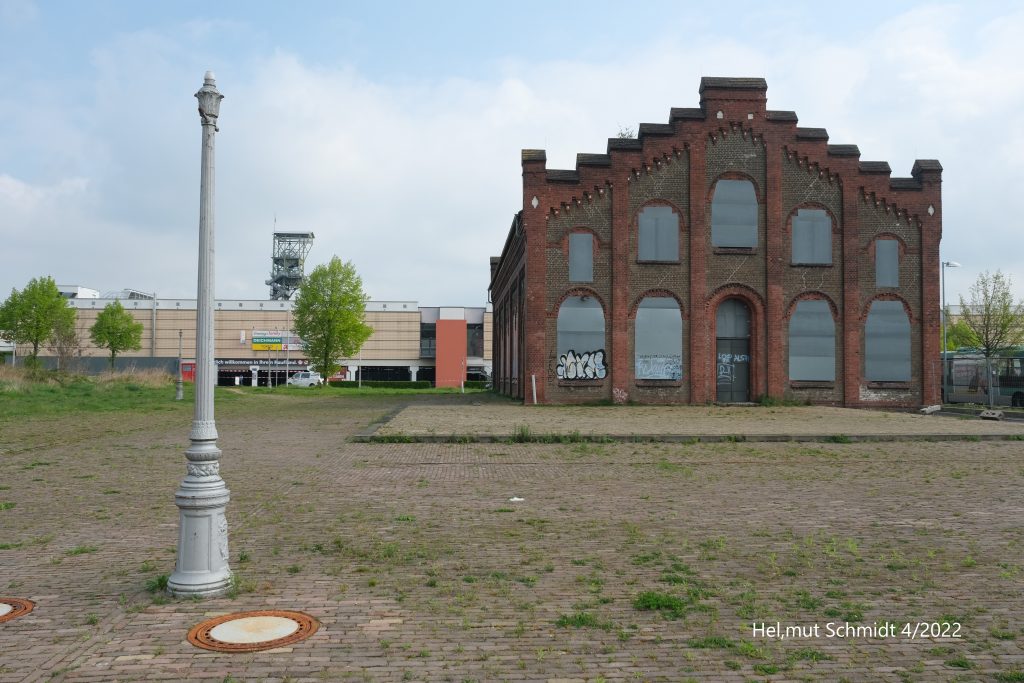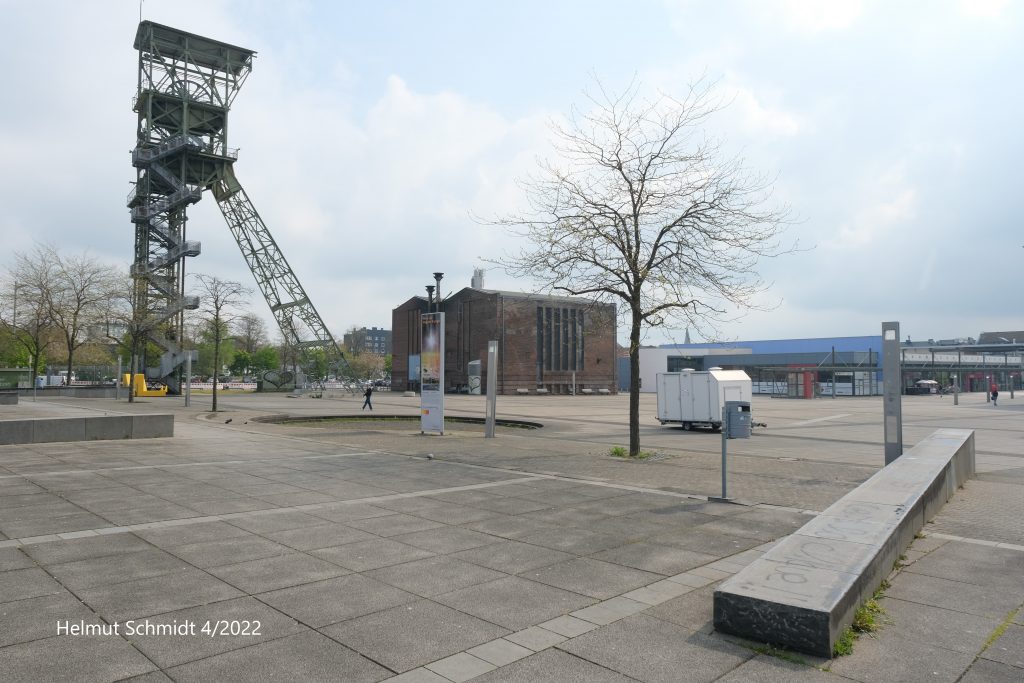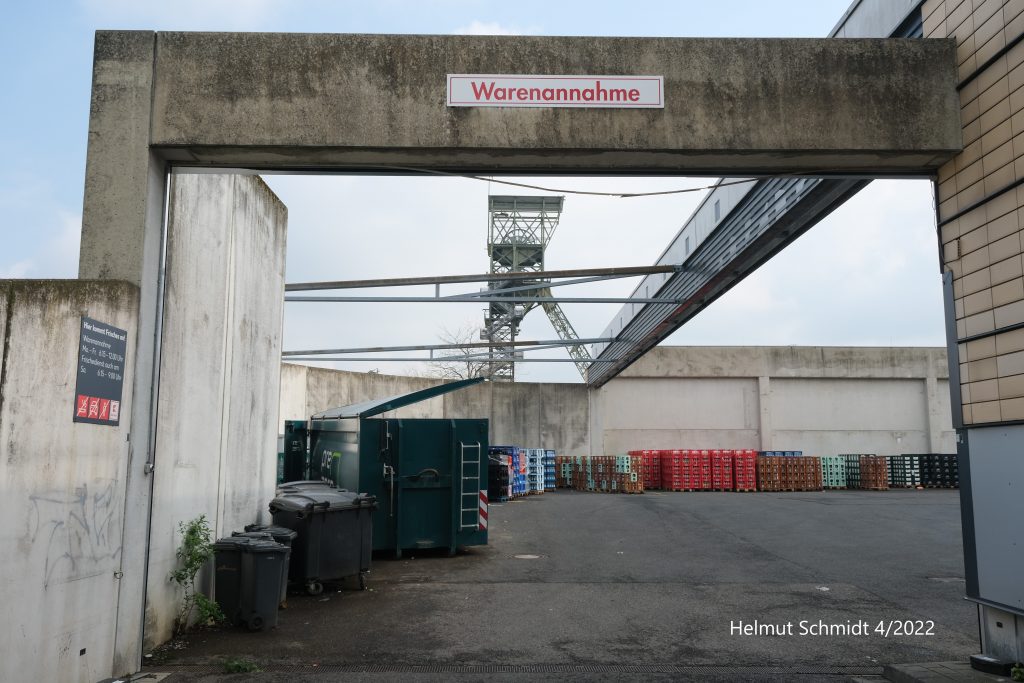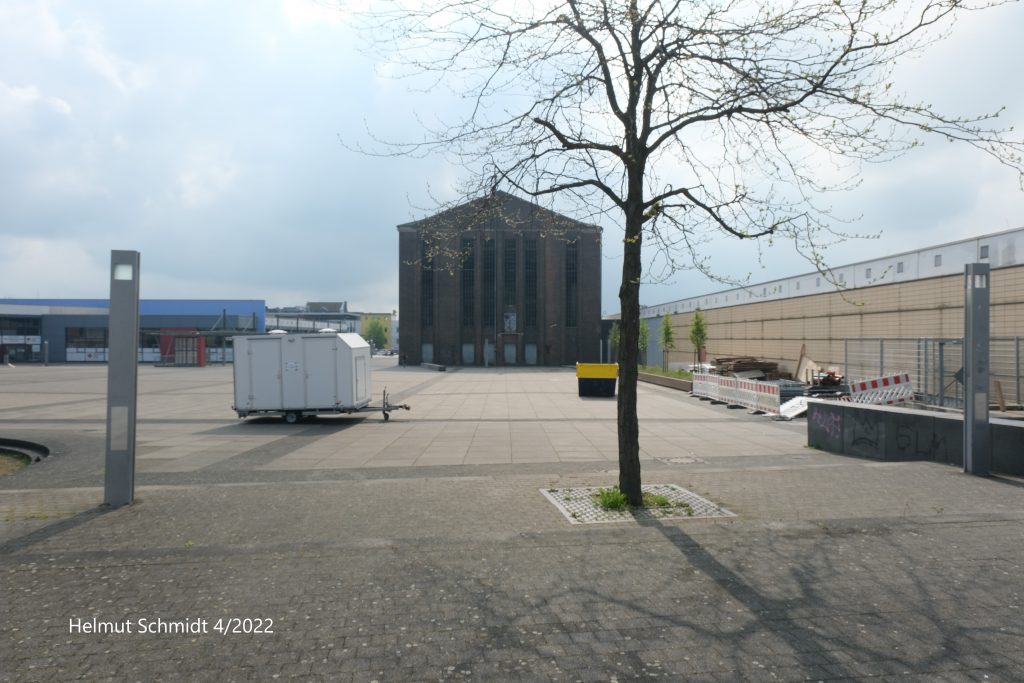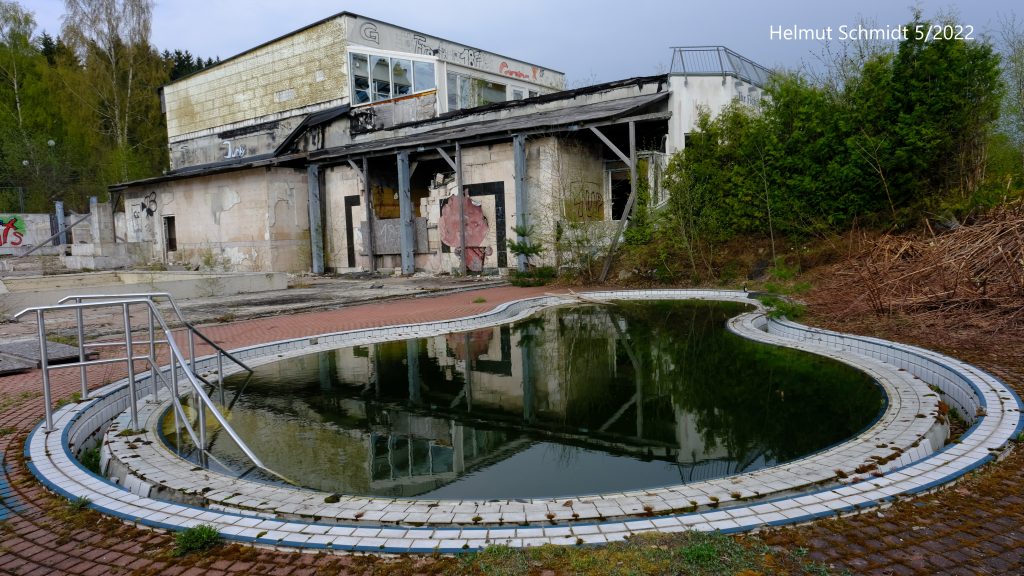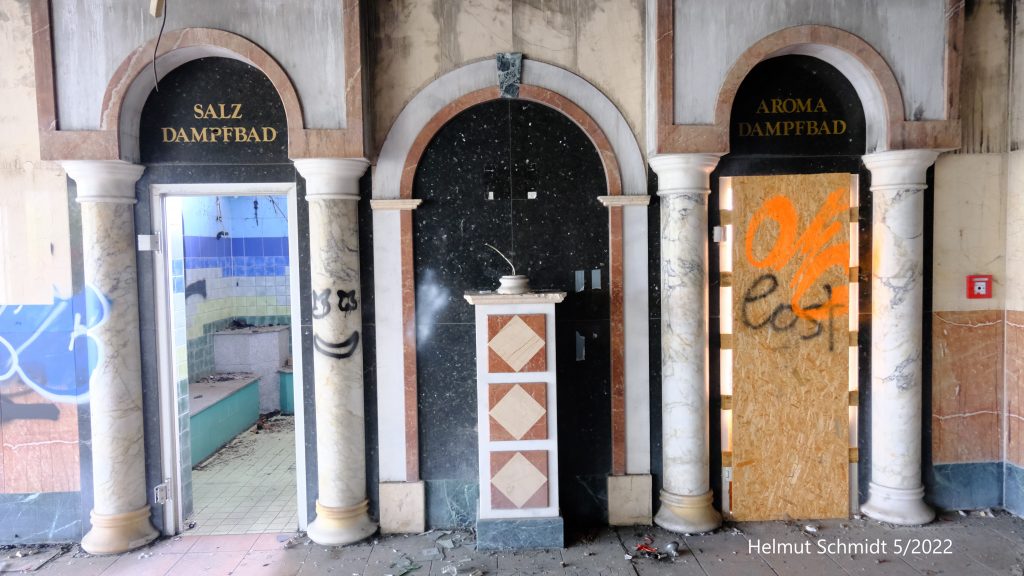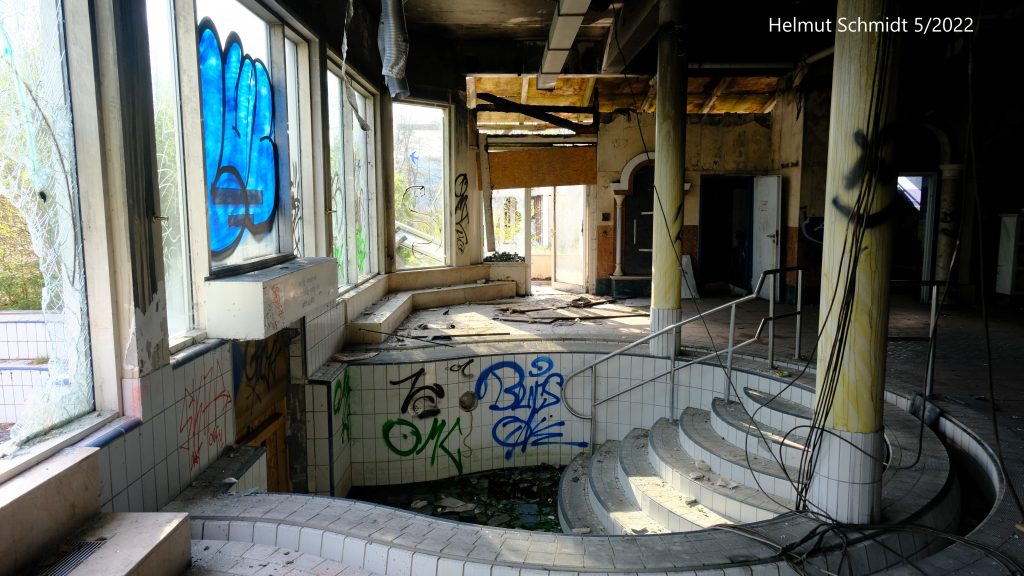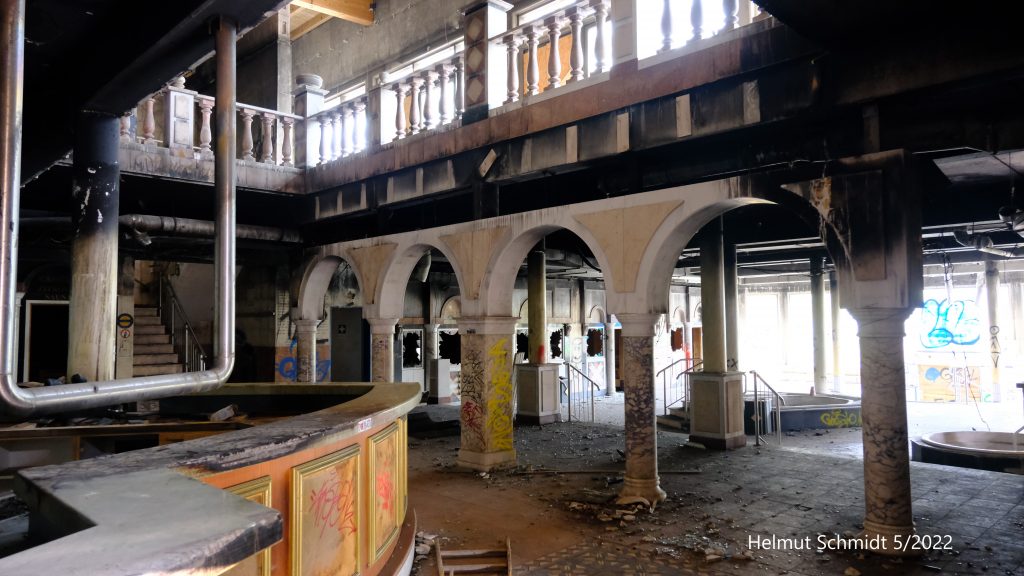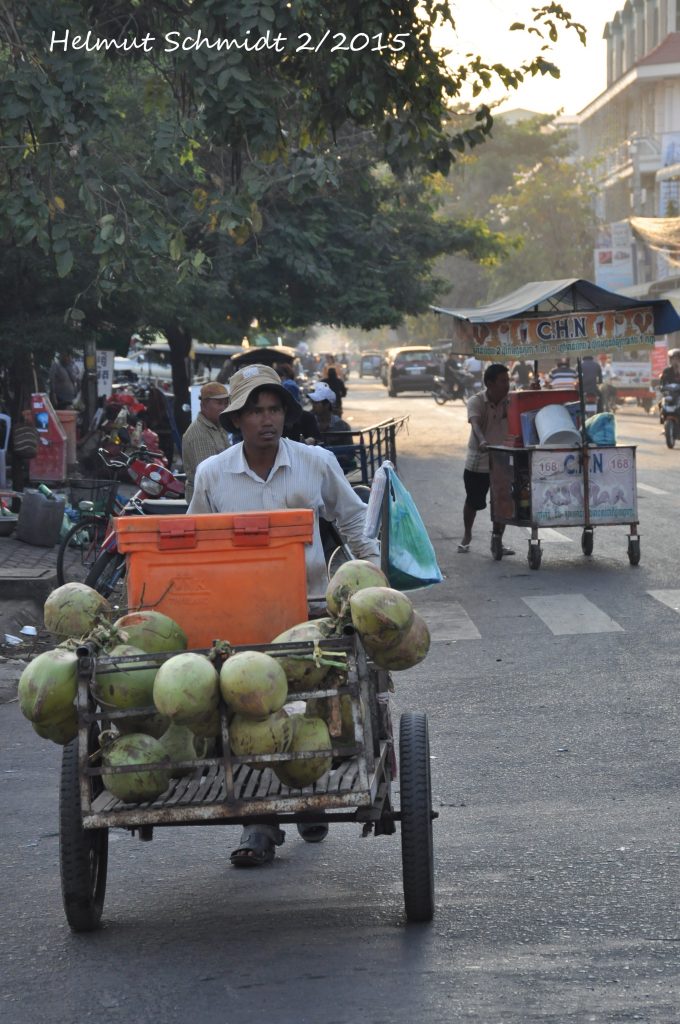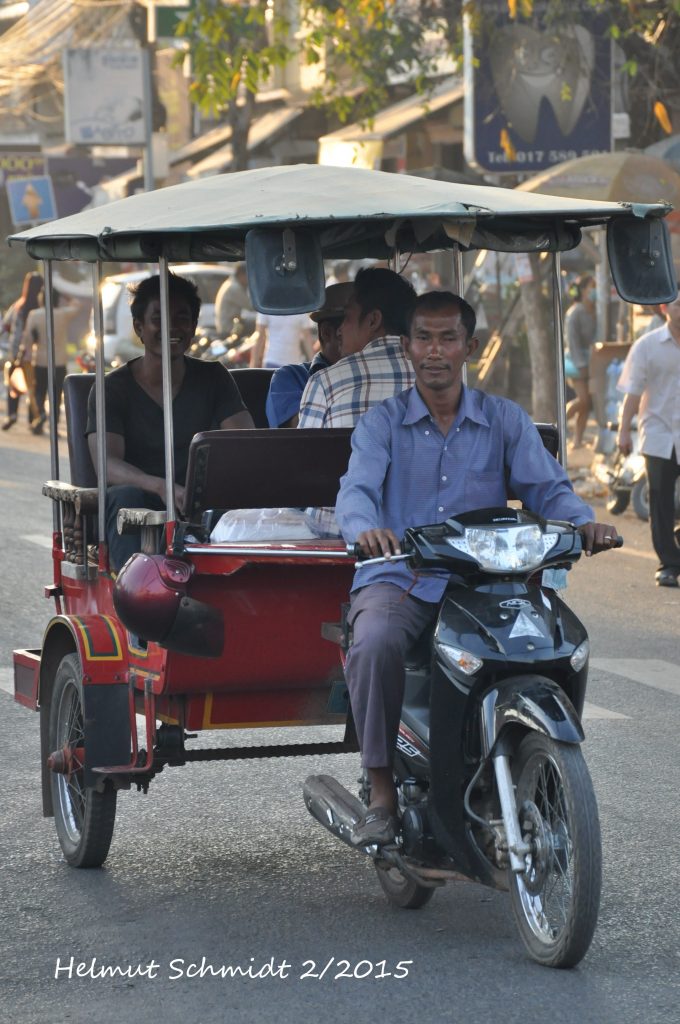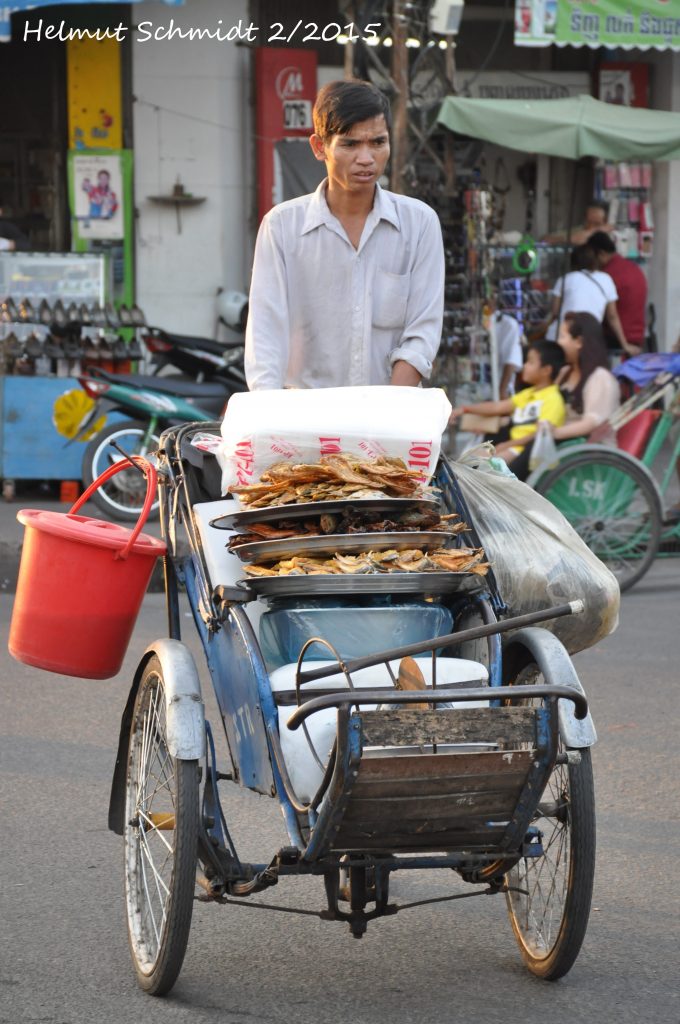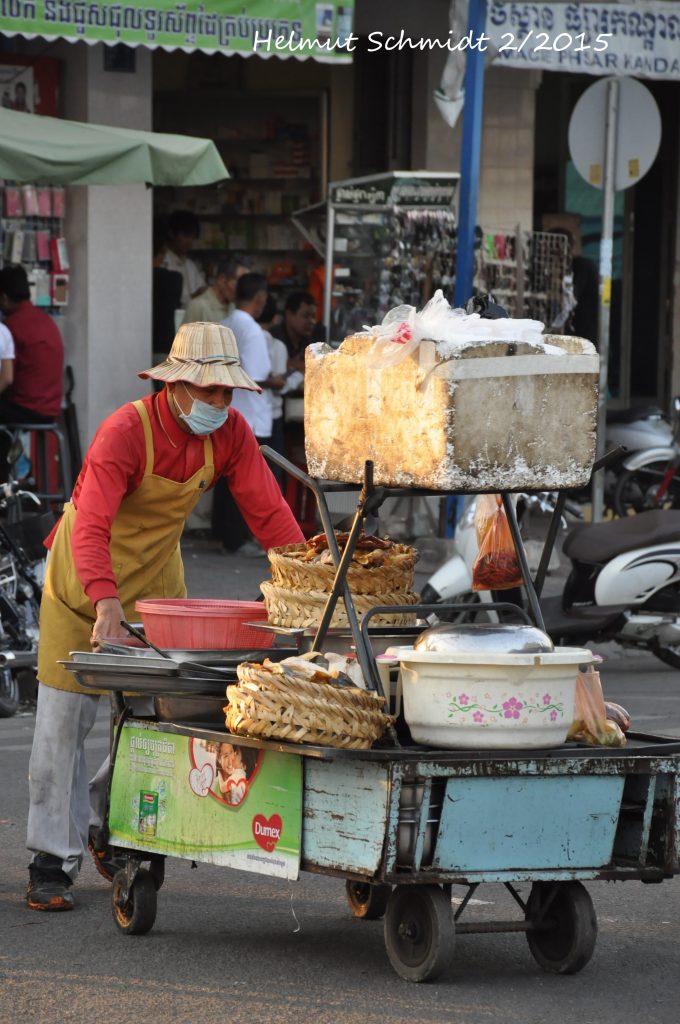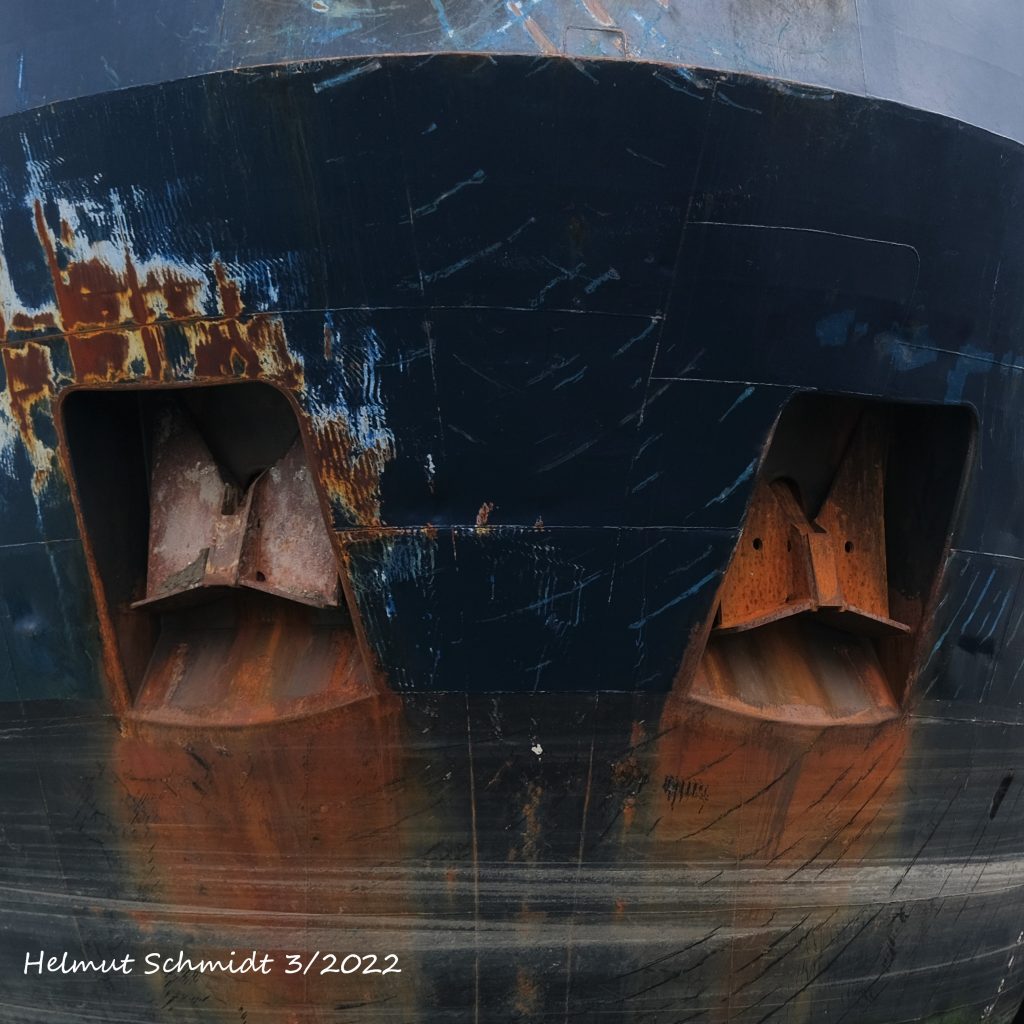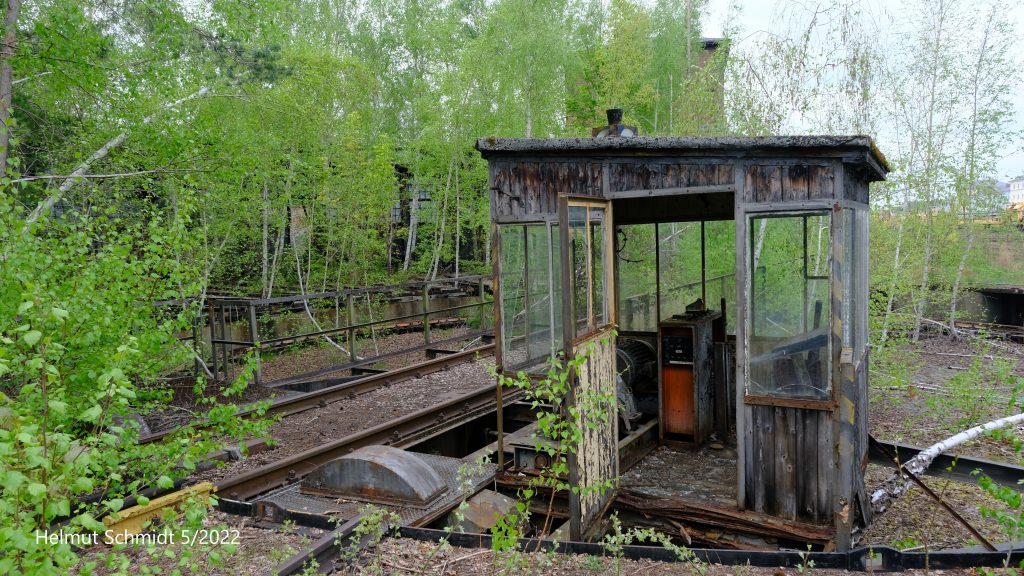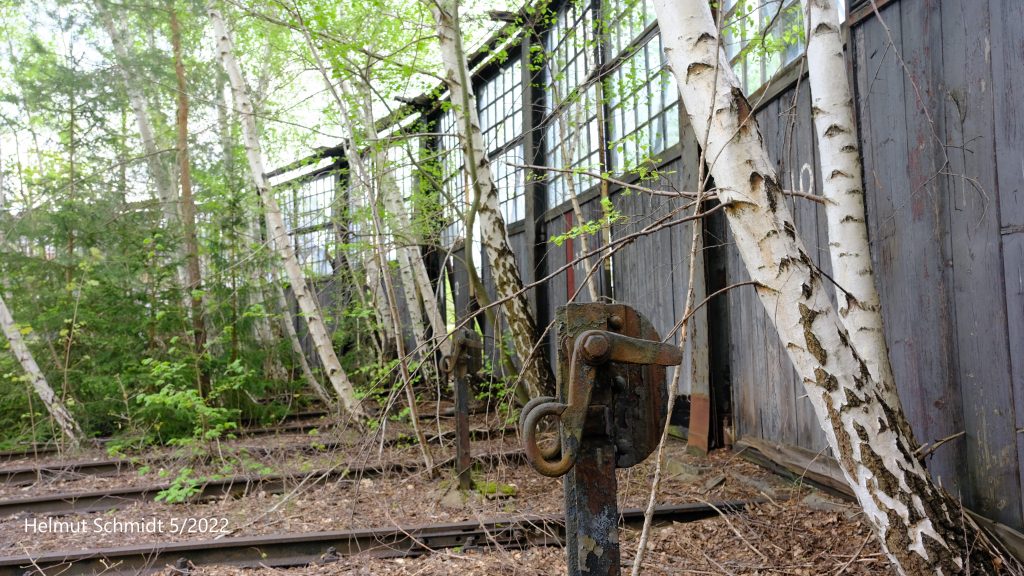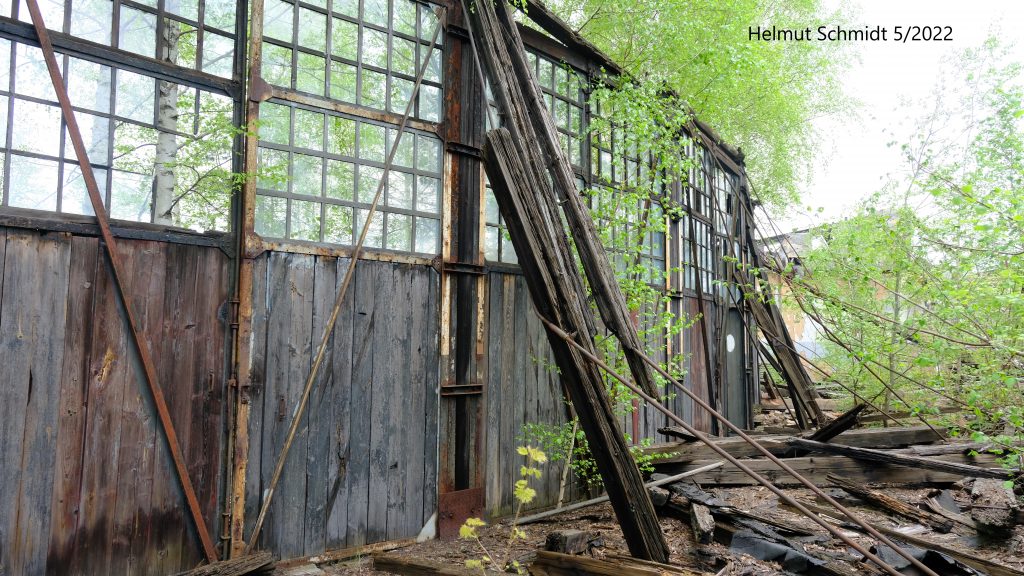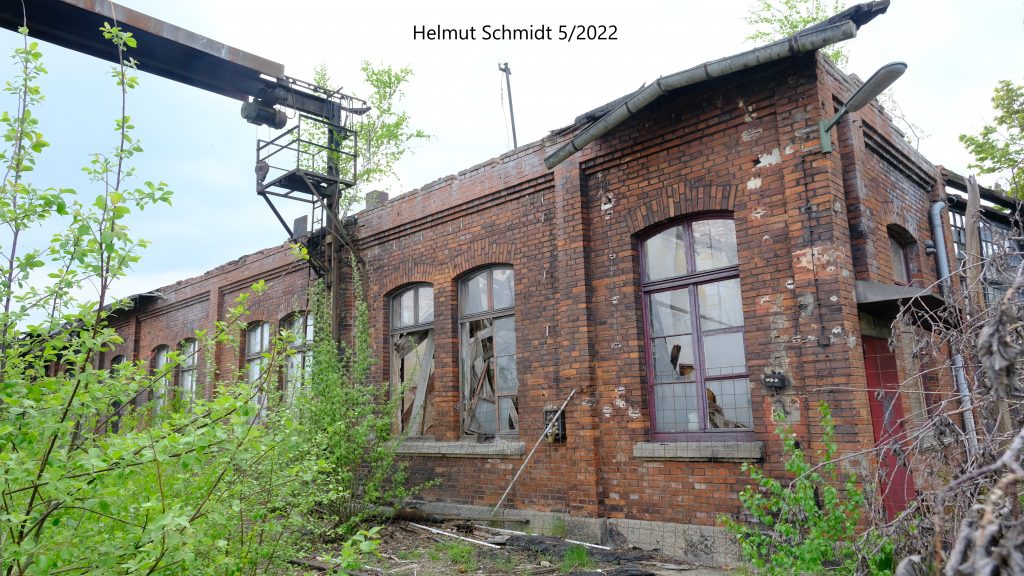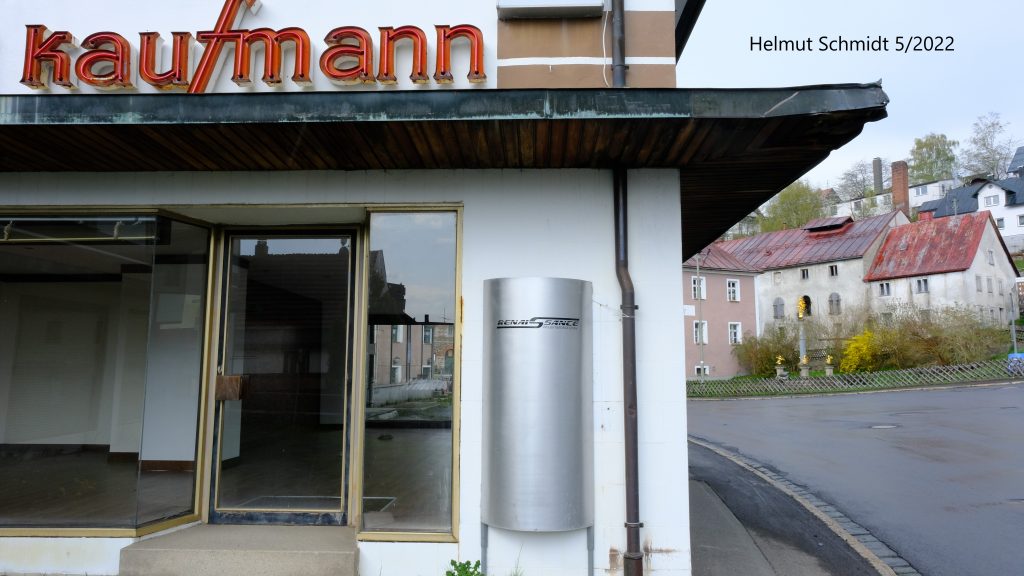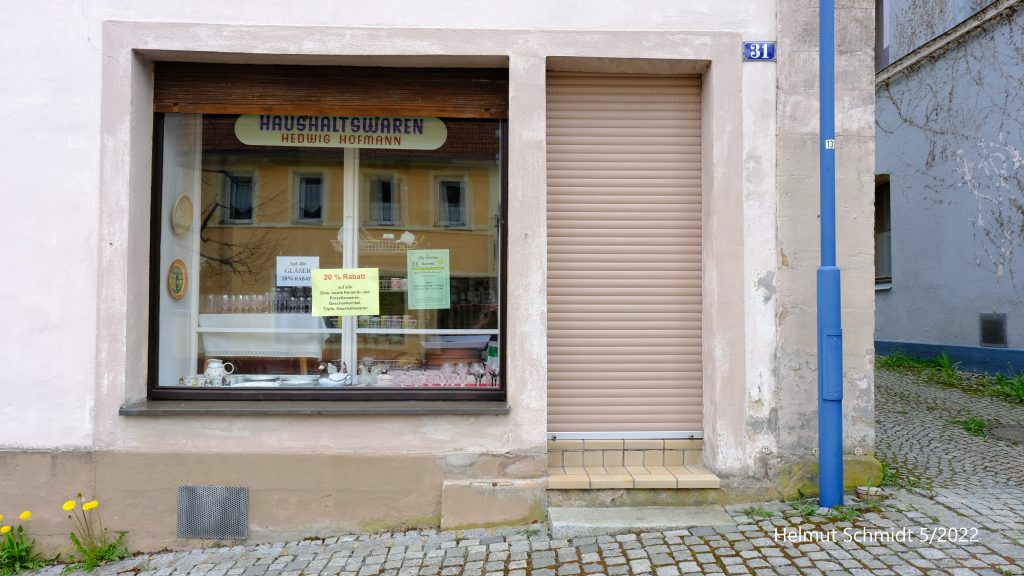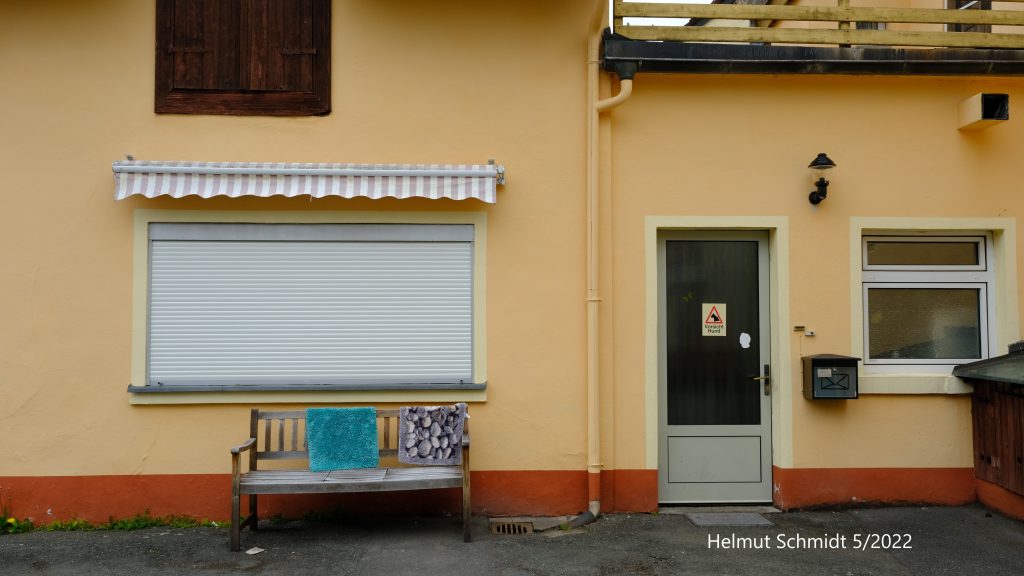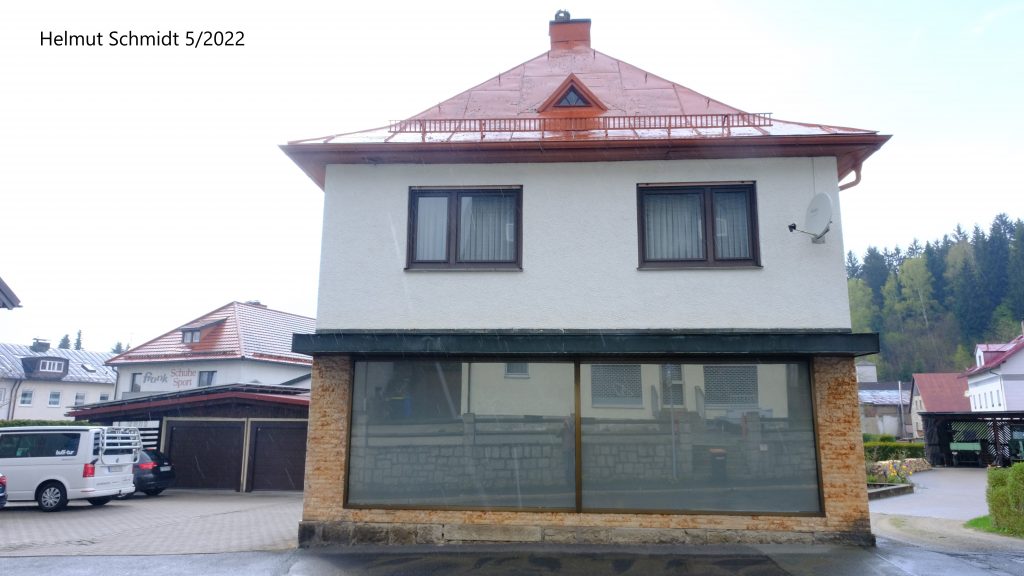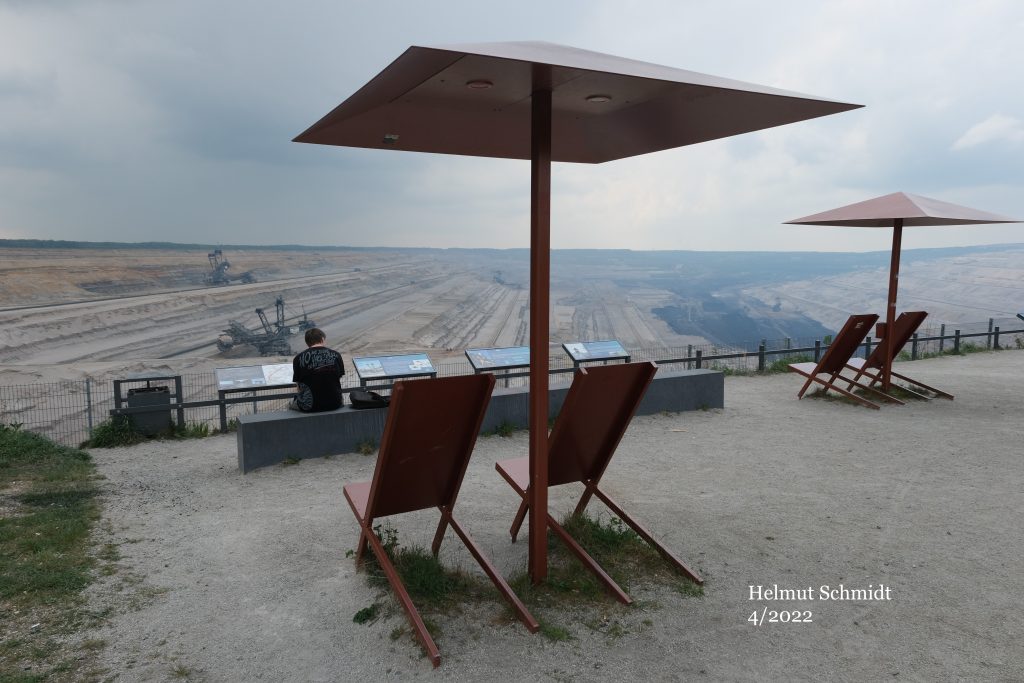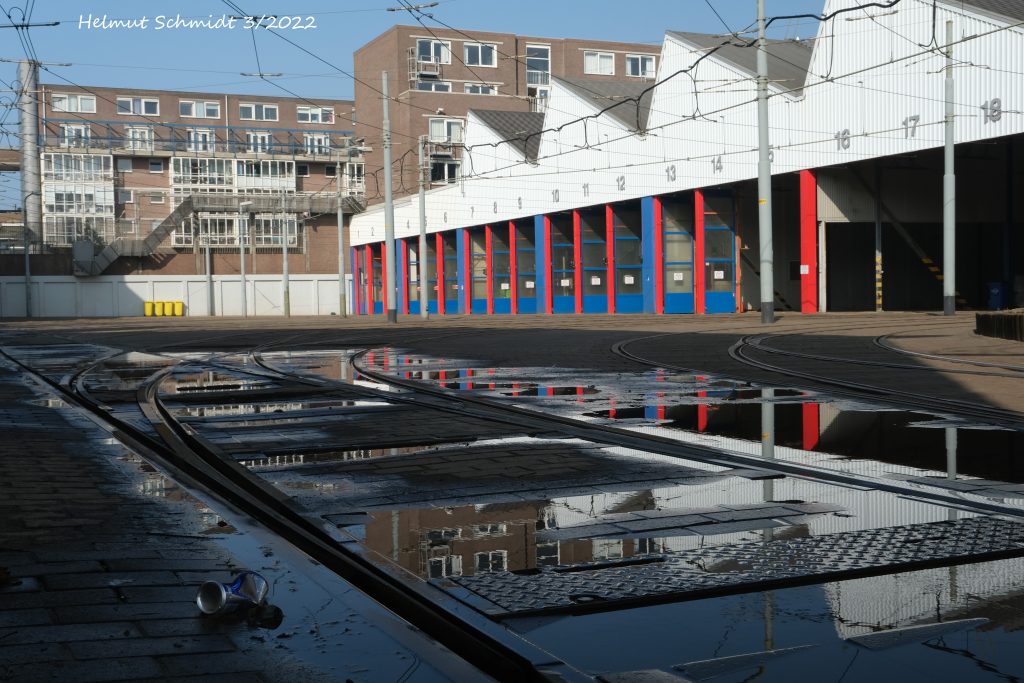Mining of black coal in Germany and the neighbouring countries involved underground mines with shafts as deep as kilometer. The enormous industrial plants for treatment of the coal and the big shunting yards for the coal trains were topped by the winding towers to bring up and down coal and materials. One of the biggest black coal mining areas was close to Aachen. Today all the mines are closed . The area still struggles with restructuring and finding new jobs formerly provided by the mines. In the town of Alsdorf, parts of the area of the big Zeche Anna has been transformed into a shopping area. It looks like an ironic attempt to show the now unemployed what they would be able to buy if they still had a job.
